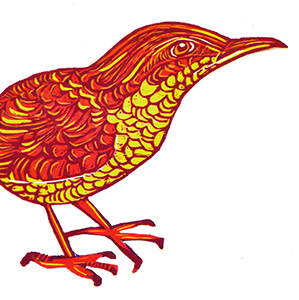Stephens Island is a tiny bit of land off the northernmost tip of the South Island of New Zealand. It was called Takapourewa by the Maori. The best known residents of Stephens Island are the tuatara, a rare and exotic species of reptile native to New Zealand, the Stephens Island Wren, a nocturnal and flightless species of wren native only…
Tag: island birds
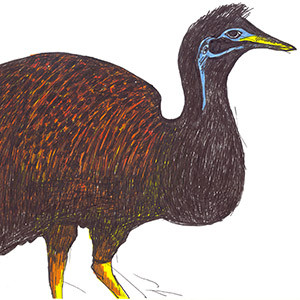
Kangaroo and King Island Emus
One of the things I’ve learned from the great book The Song of the Dodo: Island Biogeography in an Age of Extinctions by David Quammen is that funny things happen on islands. Species get smaller or larger, or weirder and more complex. Islands are where you find hundred of lemurs, giant tortoises, dwarf elephants, gigantic flesh-eating lizards, and other exotic creatures. Both…
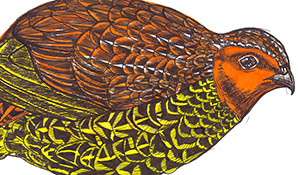
New Zealand Quail
The New Zealand Quail (Coturnix novaezelandiae) has been officially extinct since 1875. Sir Joseph Banks was the first westerner to describe it; he was an illustrious naturalist, mostly interested in botany, who accompanied Captain James Cook on his famous sea voyage from 1768–1771, exploring the globe and dispersing invasive species around the world. Cook took several jaunts around the globe, often…
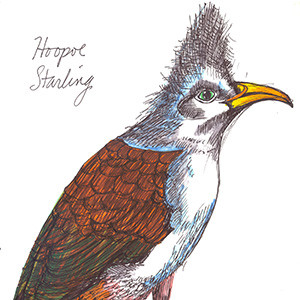
Hoopoe Starling
We’re back to birds now that the new year is over. Without further ado, I give you the Hoopoe Starling. The Hoopoe Starling also goes by the names Bourbon Crested Starling, Huppe, Crested Starling, or Réunion Starling. The Hoopoe Starling was discovered in 1669 and first described 1783 by the Dutch Naturalist Pieter Boddaert, who found it in its home on the island of Réunion in…
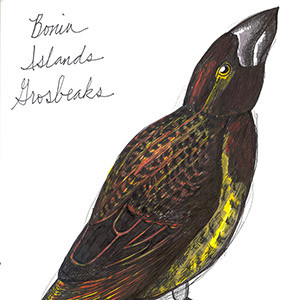
Bonin Islands Grosbeak
Back to birds! Bonin Island Grosbeaks were technically not Grosbeaks, and technically only found on one of the Bonin Islands, (though maybe at one point it had lived on more than one). So let’s start at the beginning: 1. Where are the Bonin Islands? The Bonin Islands are also known as the Ogasawara Islands, and are an archipelago of over…
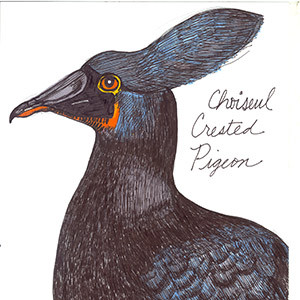
Choiseul Crested Pigeon
Described as having a beautiful rising and falling whistling call. From Choiseul, one of the Solomon Islands off the coast of New Guinea. Choiseul had no carnivorous mammals (other than man, who sometimes hunted it for food) before the introduction of feral cats by visitors to the islands; the indigenous population on the island told researchers that the pigeon was…
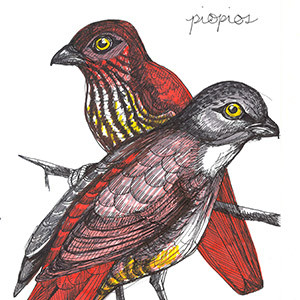
Piopio
From New Zealand. They liked the forest floor and rooting around in underbrush. They built nests like little cups in trees only a few feet away from the ground. Piopios had a beautiful call, and also often mimicked the call of other birds as well. Two things did away with them: deforestation, and the introduction of new predators, particularly rats.…
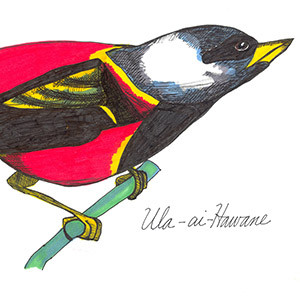
Ula-ai-Hawane
A small Hawaiian honeycreeper. It liked the seeds and flowers of a particular sort of palm tree, and when those started to disappeared, so did the bird. Its name means “the red bird that eats the fruit of the hawane palm”. Last seen in 1892.
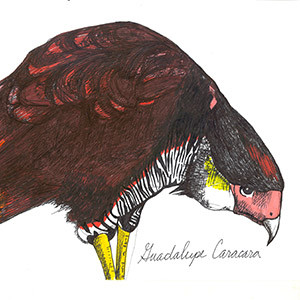
Guadalupe Caracara
“No kid is safe from their attacks. Should a number be together, the birds unite their forces, and, with great noise and flapping of their wings, generally manage to separate the weakest one and dispatch it….The birds are cruel to the extreme, and the torture sometimes inflicted upon the defenseless animals is painful to witness. Even when food is plenty,…
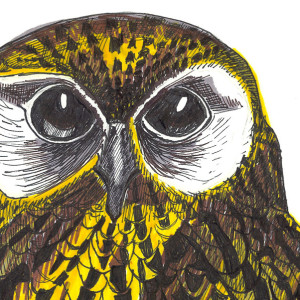
Laughing Owl
Look at how handsome he is. This is another New Zealand bird. His cry sounded like “a series of dismal shrieks frequently repeated”, or, alternately, as “a peculiar laughing cry, uttered with a descending scale of notes”. No one is really sure what happened to the Laughing Owl; by the time European naturalists starting paying attention to it it was…

